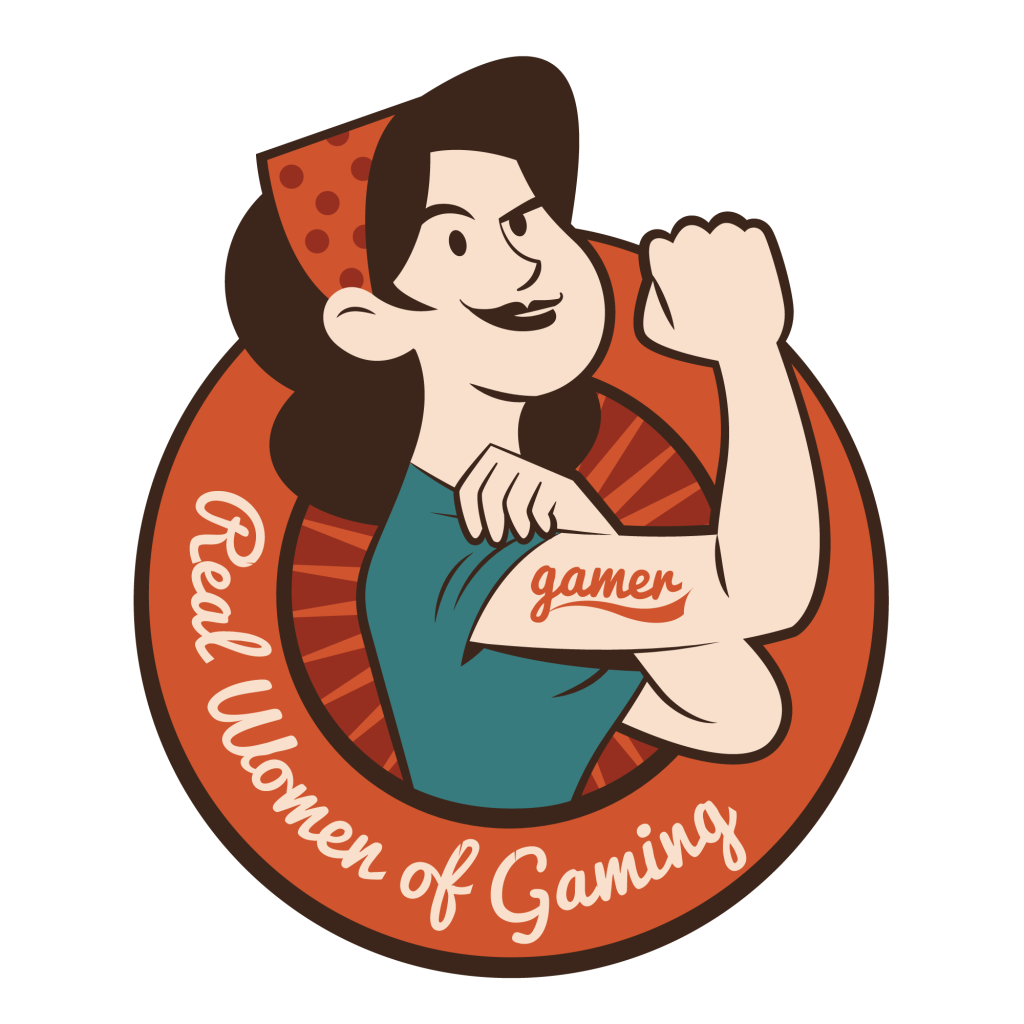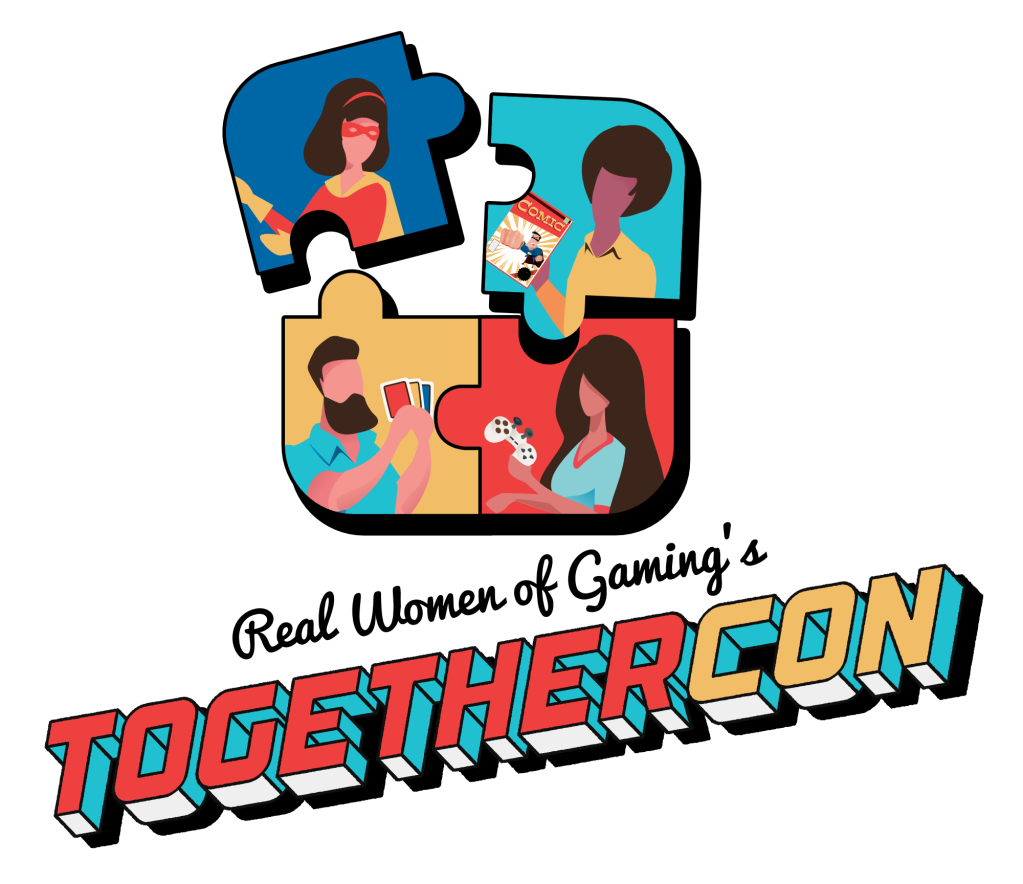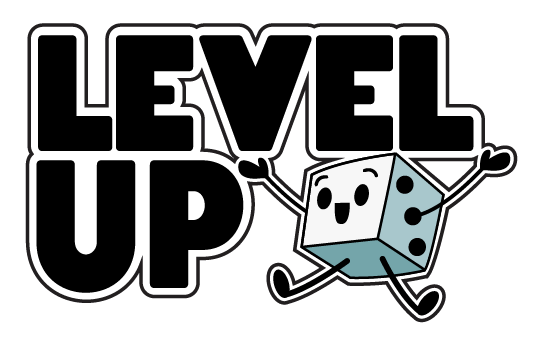
This series of blogs will set out to give first time, small scale tabletop games designers practical advice on how to take your game from initial idea to fulfilling a Kickstarter. It’ll focus on Kickstarter for two reasons, one, it’s the crowd funding site that I have experience with, and two, it’s the main one used by game developers.
So, who am I and why am I talking it you? My name is Jenny and I’m part of a husband and wife team that runs Man O’ Kent Games, set up in 2018. We currently have two successful Kickstarters, SSO and Moonflight, and have two more planned for this year (2020). As such, I’d like to share with you all the things I’ve learnt in hopes that it’ll give you the best head start.
The first thing to consider when developing a game is which idea is the best to start with. Most game designers have lists and lists of ideas; now this may not be true for you, maybe you only have one idea which you’re passionate about. But how to develop that idea and take it to the next level?
Firstly, play as many games as possible of the mechanic you want to develop. This is not only fun (who doesn’t want an excuse to buy boardgames for research?) but will help you problem solve through development, and check to see if your idea has been done already. If you find that it has this is not a barrier to creating it, you might just have to find a new angle.
If you have a mass of ideas, first make 3-5 of them into very basic prototypes, I mean stickers, old bits of card and meeples/counters harvested from other games. We have a box full of bits from old games just for creating prototypes bought from charity and Pound shops. This prototype will sometimes throw up issues or design problem that will make it easy to cull your list down. If you only have the one idea this advice still stands, get it made and written up. This will help you think about it in real game play terms rather than just as an abstract thing.
So, you have a comically shonky prototype, what’s next? Play it! Play it and re-write it and play it and re-write it as much and as often and with as many different people as you possibly can. Playing it as early as possible will let you know immediately if your game idea is fun. This can be a bit soul crushing when you realise it’s not fun but you have to move on. Sometimes it’ll seem fun to begin with and like it really, really, no honestly, really will work but it just won’t. Again, soul destroying especially if you’ve spent half your evening shouting “why won’t you work!” but again you just have to move on.
Assuming that your game is fun and initially working there’s one important thing to consider. Have a nugget which you don’t want to compromise on; your game’s soul. It might be a theme or a mechanic it doesn’t matter. Whatever it is, right it down and whenever you have a major re-write or are struggling with the development, check that piece of paper and make sure its still true. The second important thing to consider is that everything else is up for grabs. If it’s a worker placement, for example, then you can’t be precious about the theme, otherwise your neat fun idea will become an unruly mega beast which will be nigh on impossible to make.
Now you have a prototype, what’s next? See my next blog on how to pick a game to Kickstart.




Leave a comment